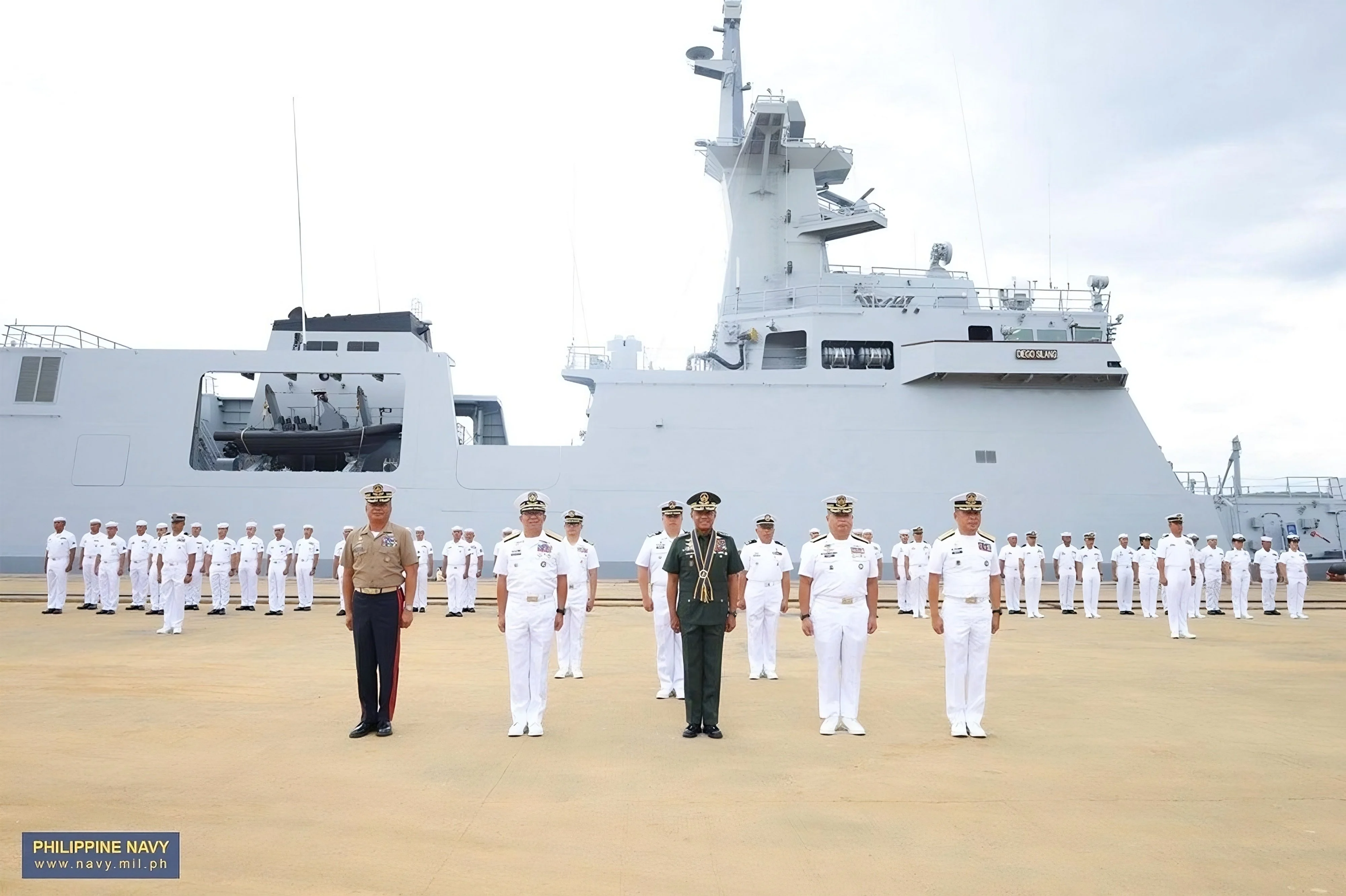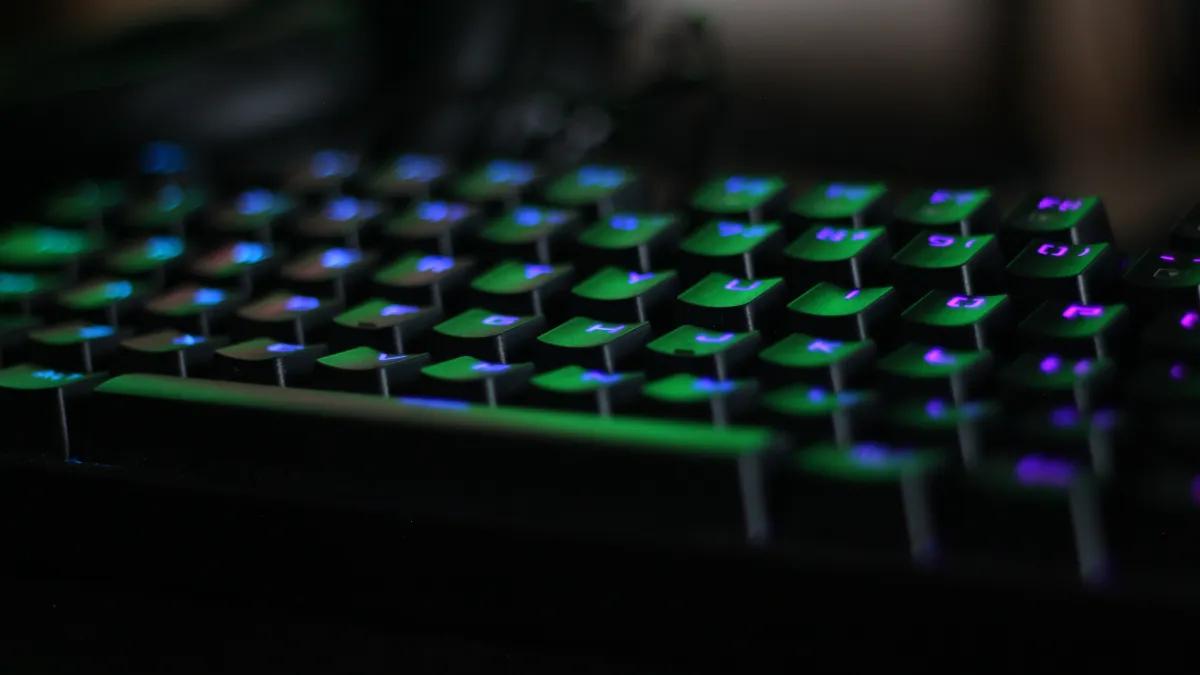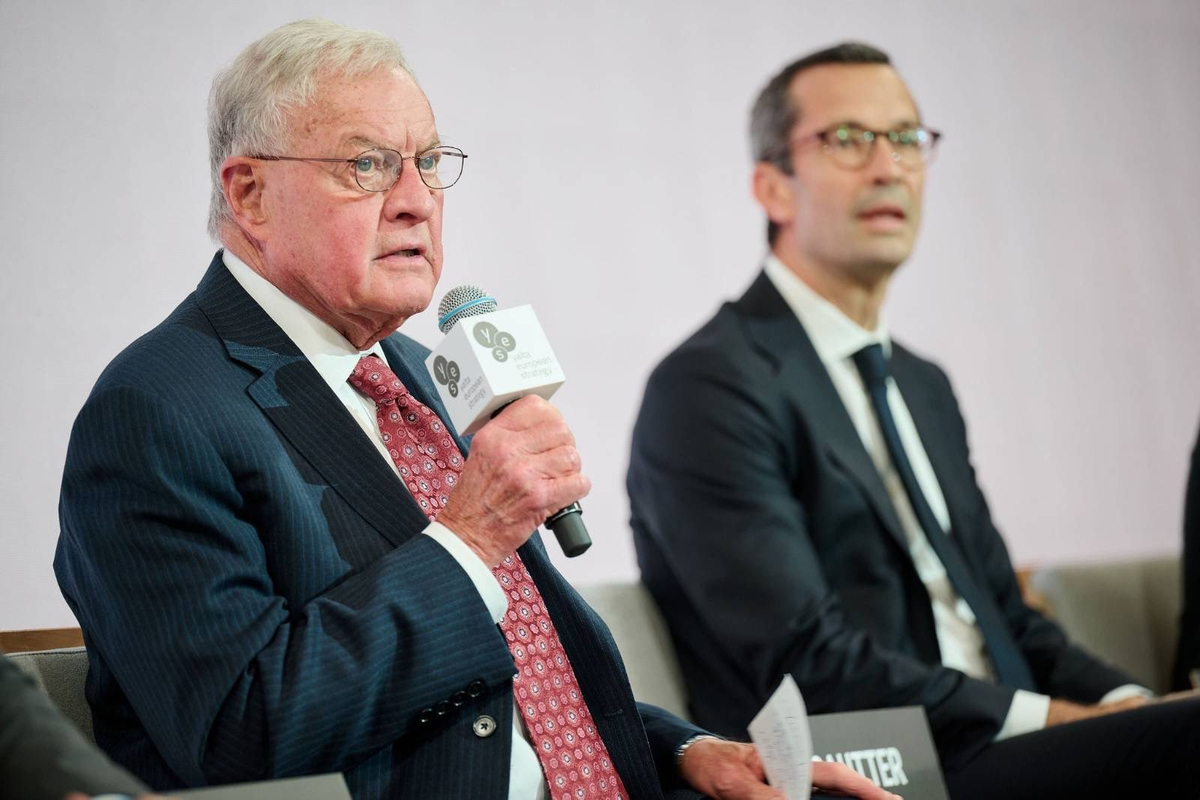By Jeoffrey Maitem
Copyright scmp

The Philippines has taken delivery of its most modern warship yet, marking a milestone in efforts to strengthen its maritime defences in the South China Sea.
The arrival of the BRP Diego Silang, a 3,200-tonne guided-missile frigate built in South Korea, offers the promise of greater surveillance and deterrence – even as analysts say the Philippines continues to lag behind its regional peers.
At a ceremony held on Monday in a naval base in Subic Bay, Philippine military chief General Romeo Brawner Jnr said the new vessel “represents our relentless pursuit of a more capable and credible Philippine Navy. It reflects years of hard work, planning and cooperation with our allies and partners.”
Named for a Filipino revolutionary hero, the Diego Silang measures 118 metres (387 feet) in length and is bristling with anti-air and anti-submarine weaponry – capabilities the Philippines has long sought.
Together with her sister ship, the BRP Miguel Malvar – delivered earlier this year – the Diego Silang forms the centrepiece of a 28 billion-peso (US$560 million) deal with South Korea’s HD Hyundai, signed in December 2021.
But in Southeast Asian naval terms, the Philippines is still playing catch-up. Analysts say the Diego Silang and Miguel Malvar are important symbols of intent, but not game changers in a region where neighbours have fleets of submarines, corvettes and hi-tech frigates.
“The scale of China’s naval build-up makes any single acquisition relatively small in comparison,” said Arnaud Leveau, an assistant professor of geopolitics at Paris Dauphine University. “It’s modest and symbolic at the same time.”
The symbolism? “Each delivery underlines that the Philippines is no longer content to rely almost exclusively on allies for maritime security,” Leveau told This Week in Asia.
Cost and scarcity
For decades, the Philippine Navy has operated ageing ships, many dating to the second world war. Modernisation, long delayed by underfunding and shifting political priorities, has only recently begun to gather pace. The new frigates, fitted with a mix of Korean, European and Israeli systems, represent a leap in both technology and partnerships.
“These frigates are using European and Israeli systems. This shows diversification through different supply chains and strategic partnerships with like-minded nations,” said Sherwin Ona, an associate professor of political science at De La Salle University in Manila.
Analysts say that with their extended range and endurance, the Diego Silang-class ships can better safeguard the country’s exclusive economic zone that is increasingly being contested by Chinese vessels.
But the number of ships matters as much as their technology, according to Vincent Kyle Parada, a former defence analyst for the Philippine Navy.
Right now, the Philippine Navy has too few of these newer platforms
Vincent Kyle Parada, former naval defence analyst
“Capability is one thing. The other part of the equation is capacity. And right now, the Philippine Navy has too few of these newer platforms to be able to leverage them to their full potential,” he said.
In 2022, when President Ferdinand Marcos Jnr took office, the navy’s Offshore Combat Force counted just nine principal ships in it fleet, none of them a match for the modern fleets deployed by Indonesia, Vietnam, Singapore – or China.
Today, the force has four guided-missile frigates, with six Rajah Sulayman-class offshore patrol vessels, also being built by HD Hyundai, expected by 2028.
“With a big-ticket item like the BRP Diego Silang, its cost and scarcity inevitably affect the utility calculus,” Parada said. “You don’t want to risk damaging it, or losing it, or burning through its life cycle prematurely.”
China’s naval advantage
Even with the new frigates, the Philippines cannot contend with China’s naval prowess.
Beijing commissions multiple destroyers and frigates each year – some coastguard cutters that dwarf Manila’s warships. But observers say the new Philippine acquisitions can help manage vulnerabilities, as opposed to closing the strategic divide.
“Their significance will depend on how they are employed, whether to support Manila’s transparency initiative, reinforce legal claims, or add weight to allied patrols, rather than any expectation that they can offset China’s naval advantage,” said Sylwia Monika Gorska, a political analyst and Southeast Asia specialist with a PhD in international relations from the University of Central Lancashire.
Within Southeast Asia, the Philippines lags behind Indonesia and Vietnam, both of which operate submarines and larger, more diverse surface fleets. Singapore, meanwhile, boasts some of the region’s most advanced surface combatant vessels, while Malaysia has modern diesel-electric submarines, despite repeated delays to its own shipbuilding programme.
“By contrast, the Philippines is only now building a small core of modern frigates, with no submarine force and continued reliance on older vessels for most missions,” Gorska said.
“That said, Manila’s trajectory is shifting. The Miguel Malvar and Diego Silang, combined with broader modernisation efforts, mark the beginning of a fleet capable of imposing at least limited costs in contested areas.”
Beneath the surface of military modernisation, Manila’s security is underpinned by its alliance with the United States.
The country is unique in Southeast Asia for its mutual defence treaty with Washington and many of its platforms are interoperable with American systems. US-Philippine defence cooperation has deepened in recent years, with expanded joint exercises, intelligence sharing and rotational deployments of advanced assets under their Visiting Forces Agreement and Enhanced Defence Cooperation Agreement.
The broader strategic balance in the South China Sea rests primarily on the US military footprint
Sylwia Monika Gorska, political analyst
“The Philippine Navy does not yet field long-range strike capabilities comparable to other regional players,” Leveau said. “Its deterrence therefore relies on a combination of incremental domestic modernisation and the reassurance provided by the US alliance and other security partners.”
While Manila aspires to self-reliance and has begun efforts to develop a domestic defence industry, the reality for now is that US support is essential. According to Parada, there is no crisis scenario in which Washington would not be called upon to help.
Gorska agreed, noting that US security guarantees, intelligence sharing and the rotational deployment of advanced weapons systems such as HIMARS, Typhon and NMESIS were central to Manila’s defence posture.
“The broader strategic balance in the South China Sea rests primarily on the US military footprint,” she said. “The reality is that Philippine modernisation buys credibility but not autonomy, reinforcing an asymmetric alliance where Manila’s contributions shape political signalling more than the military balance.”
For Manila, the Diego Silang’s arrival is both a milestone and a reminder: progress is real, but so are the limits.
“There’s still much left to work on, but we can safely say that the Philippine Navy today is a far cry from what it was during the 2012 Scarborough Shoal stand-off,” Parada said, referring to China’s seizure of the contested South China Sea fishing ground that year.
But the Philippines’ quest for naval parity with other regional powers is far from over.



